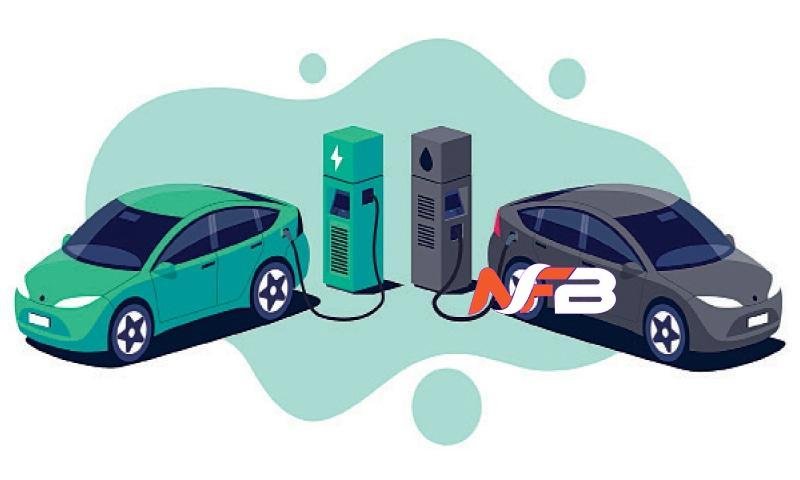Electric Vehicles (EVs) are becoming popular around the world – nearly ten million battery EVs were sold worldwide last year. Though most of the sales came from China (two million) and the United States (one million), two closely related yet contrasting markets are the United Kingdom and our cousins in the antipodes, Australia.
Though the UK (Great Britain and Northern Ireland) has only 244,376km2 of land to travail in comparison to Australia’s 7.7 million km2, both countries have large, centralised clusters of population in cities and less dense rural areas. Also, the UK has about 67 million inhabitants compared with Australia’s 27 million or so.
So, what does the EV landscape look like in the UK versus Australia?
READ ALSO :- Managed Magento 2 Hosting for E-Commerce Success
UK EV sales and registrations
As of March 2024, there are over 1 million BEVs on UK roads and about 645,000 plug-in hybrid vehicles (PHEVs) according to Zapmap. Almost 315,000 battery electric vehicles were registered during 2023, a growth rate of 18% on the previous year. In total, there were 1,730,000 electric vehicles of some kind driving on UK roads at the end of March 2024.
In that month, 15.2% of all new cars registered to the MOT were electric – 48,488 in total. This is an outlier, as March and September are new registration plate months which coincide with peaks in electric car sales and a drop in market share as more cars are sold in general.
The total market for new EVs (plug-in style) in 2023 was 23.9% – a massive leap from the 0.4% seen in 2016.
Australia EV sales and registrations
According to the Electric Vehicle Council of Australia, 8.45% of all new cars sold in Australia during 2023 were EVs, with 98,436 new EVs purchased total.
Sales in February 2024 showed total EV sales (BEVs and PHEVs) exceed 10% market share, with 10,011 BEVs sold, which doubled over the previous month. Some industry insiders say that total sales will reach between 1.05 to 1.1 million sales during 2024, a slight decline over last year.
READ ALSO :- Internet Explorer Online Testing: Best Practices and Challenges
Considerations for EVs in both countries
EV sales have grown rapidly in the UK due to government incentives and infrastructure installation; however these subsidies will be cut to wrangle government spending. The UK is also touting a tariff on imported EVs, especially cheap vehicles from China, to boost local manufacturing instead. However, the ZEV mandate was made law this year, which means auto manufacturers must ensure at least 22% of their cars are zero emissions vehicles.
Much of Australia’s EV uptake is in the suburbs; inner city residents can walk or take public transport, while range anxiety lingers for those living in rural areas. Australian government will install 42 ultra-fast EV chargers across major highways, spaced 150km apart. Australian banks and lenders also offer discounted green loans for low emissions vehicles, in order to make buying an EV a more attractive proposition than going for petrol/diesel engine cars.
With interventions by government and prices coming down, both countries could be set for a lean, green, EV future.















Leave a Reply